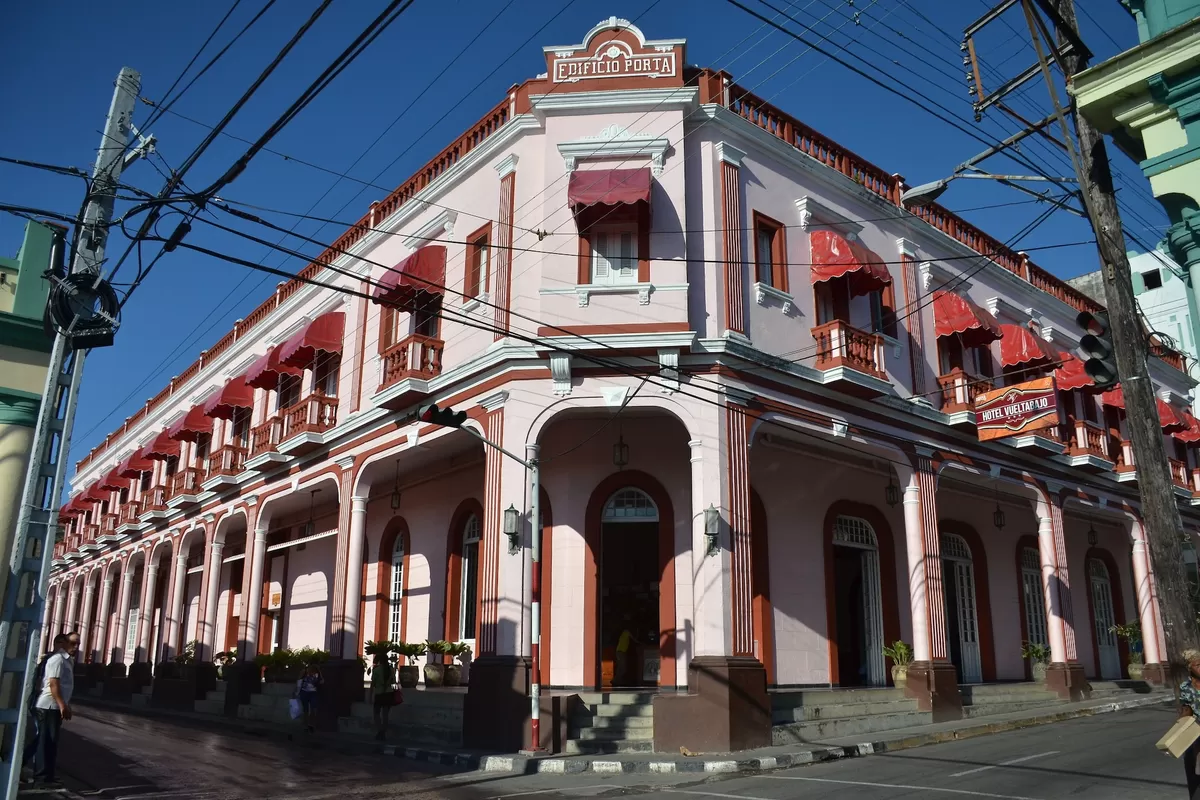Approximately 160 km from Havana, Pinar del Río is Cuba’s most western province. Among its major attractions are El Valle de Viñales (Viñales Valley), a UNESCO World Heritage Site and the Vueltabajo tobacco growing region, which produces some of the world’s best tobacco.
Pinar del Río is Cuba’s only province with two Biosphere Reserves: the Sierra del Rosario (a portion) and the Guanahacabibes Península. Additionally, Viñales Valley is a UNESCO World Heritage site.
Covering 132 square km in the Sierra de los Órganos, Viñales Valley is famous for its mogotes – impressive vegetation-covered hills which rise vertically and are rounded on top.
Other nearby attractions include the Cueva del Indio (Indian’s Cave), explored via the San Juan River and the Juan Miguel cave. The Santo Tomás cave, with more than 45 kilometers of galleries, is one of the largest, mapped cave systems in the hemisphere.
The Península de Guanahacabibes is on the southwest point of the province. There are two natural reserves in this off-the-beaten track area and two International Diving Centers; María la Gorda with more than 30 dive sites and a large black coral colony and Cabo de San Antonio.
VIÑALES
The valley is covered with oddly beautiful ‘mogotes’ – densely- forested pin cushion hills, steep on the sides and rounded on top. These limestone formations are extraordinarily striking and found nowhere else in Cuba.
In 1999, Viñales National Park was designated a World Heritage Site for its unique natural splendor and its harmonic coexistence with traditional agricultural methods (such as tobacco).
LAS TERRAZAS
This ecotourism center is part of a 5,000 hectare area where an ongoing tourism project aims to provide sustainable economic development based on the rational use of natural resources.
The project, which included the creation of a village where approximately 1200 people maintain a largely self-contained community, became an internationally-recognized success. The buildings in the village were designed to blend in with their natural surroundings. In 1985 Las Terrazas, and the surrounding Sierra del Rosario national park, were named a UNESCO biosphere reserve.
Natural swimming pools, cycling paths, nature walks around ruins of 19th Century coffee plantations, and guided mountain hikes are some of the area’s most popular attractions. There’s a wide variety of flora and fauna. Other attractions include the open studios of local artists, El Romero, (one of Cuba’s best vegetarian restaurants), and the home of singer Polo Montañez. The meteoric popularity of this folk singer meant his lyrics were heard everywhere, with Cubans enthusiastically singing along. After his tragic death in 2002, his house became a kind of museum.


